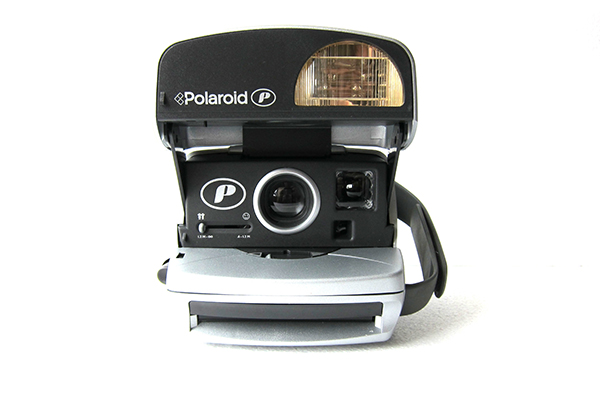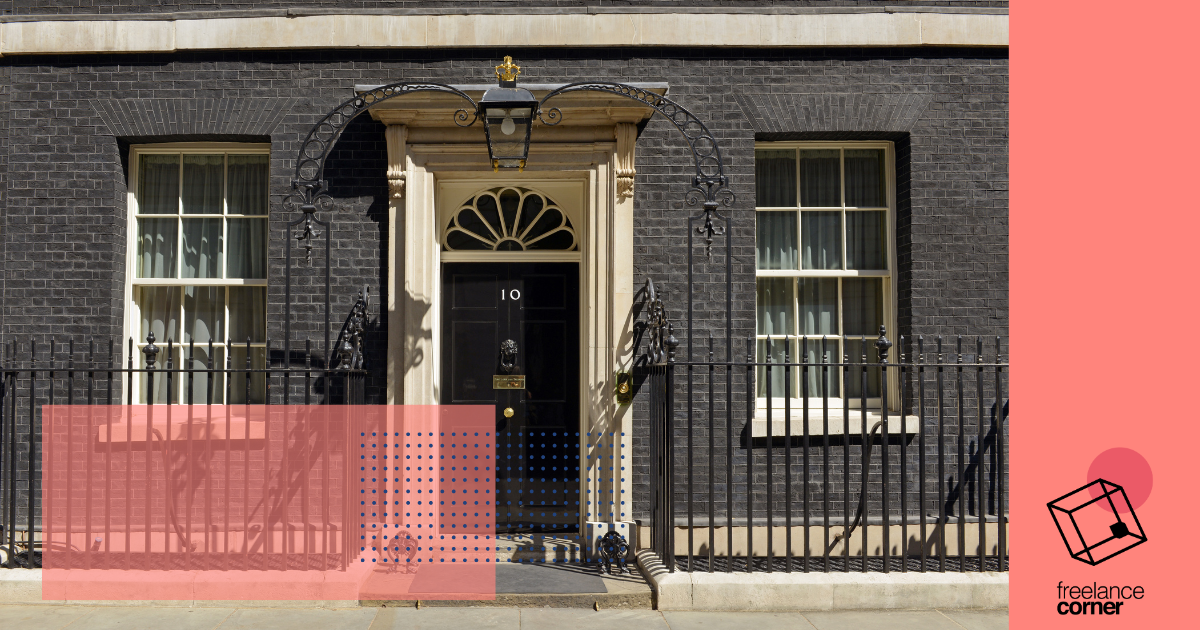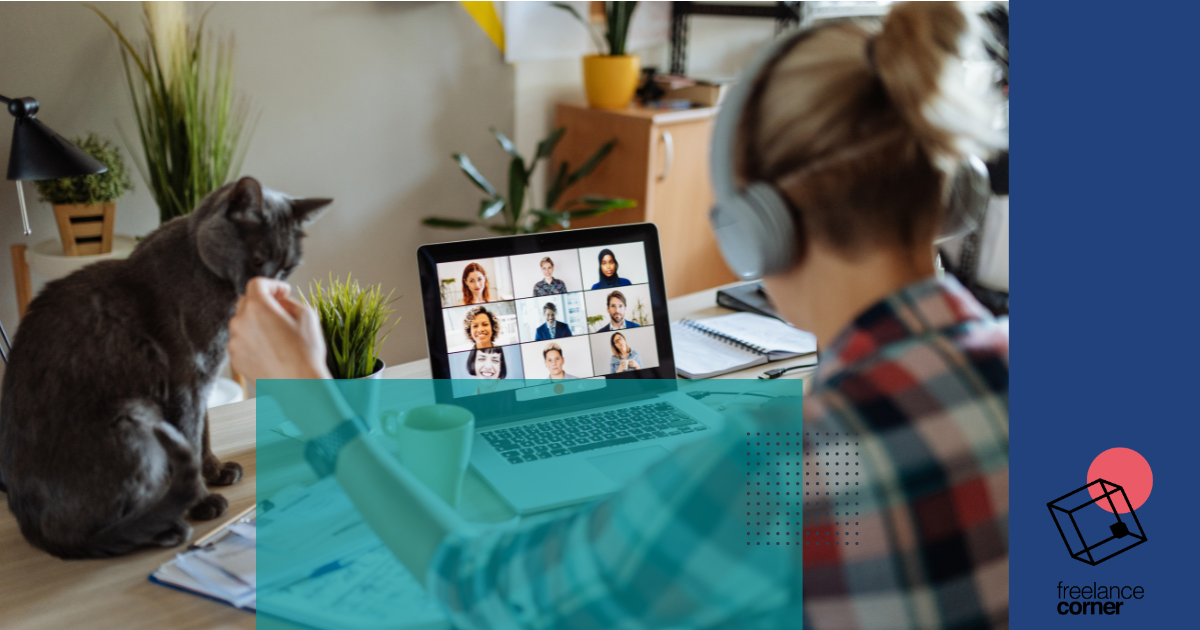New technology is fantastic. It allows freelancers to work remotely- from trains, cafes, airports, the possibilities are endless. However, nothing beats traditional ways of working, the smell of paper or the simplicity of a pen. Gemma Church argues that no app can ever beat a pen and paper.
I recently bought a record player for my office. My husband swiftly mocked me and suggested I rebrand myself as “the freelance writer who gets retro tech”.
But the reason behind my purchase was simple. Beforehand, I relied on my smartphone to churn out music via Spotify. Every time I changed a song, my phone chirped at me like an impatient two-year-old with social media updates and new emails. Hours would get lost tapping the screen when all I wanted to do was listen to some questionable 90s hits.
This is one of the standout benefits of retro tech. Each item is designed to do one thing. In today’s digitised world, our devices serve multiple purposes.
Retro tech has some useful features
While the amalgamation of technologies is handy to save space in your pocket, retro tech lets you focus on the job in hand.
The record player isn’t my only piece of retro tech – I still rely on an ancient 2010 MacBook Pro. While the low-res screen looks outdated, the keyboard is worn, and the design bulky, it’s stood the test of time as other CPUs have struggled, sputtered and killed off my other laptops.
As a writer, I’d also be lost without my trusty notepad. It’s filled with shorthand scribbles and there’s no digital equivalent to keep up with the fast pace of interviews I have to conduct. I once tried using an app to record my interviews, but it took me hours to navigate and write up my work.
No app beats a pen and paper
The pen is, most definitely, mightier than the app for me. It seems I’m not alone. Pen and paper are helping freelancers the world over. Helen Ward is a freelance architectural designer at the Creation Design Studio who specialises in residential design and relies on sketches during early design conversations with clients.
“I sketch as we talk to get an idea of what they want. It’s an instant picture to get across my point. Then, the initial sketches evolve as I use a bunch of tracing paper sheets to overlay and build the spaces to suit the client needs. Once the client has reviewed and is happy, then I move to CAD to fix the design and present it for application.”
New dogs, old tricks
“A lot of newer designers haven’t been taught the art of drawing on a drawing board, only computer modelling. They rely on their computers to tell them that something is possible or not. But tech has its limitations, in that it will only tell you what it has learnt. Which means experience and confidence to say something is wrong is needed in those situations.”
Quality penmanship is an important component of Berenice Smith’s work, who owns the Hello Lovely design company. “I practise calligraphy, paint, consult a typographic rule to measure leading and point size, use Pantone swatches in my work all the time to provide the best colour accuracy, and have bookshelves groaning with design, hand lettering and print books.”
“Understanding design principles and what the typographer wanted to achieve when they designed a font helps to use it correctly and contextually. Sketching out designs on paper or sitemaps helps with unique and user-friendly work. It’s often when I get a light-bulb moment. I have a notebook specifically for this, so I can refer back to it for inspiration.”
Hidden treasures
How much do you think your old tech is worth? It may surprise you. Vintage Polaroid cameras can sell for around £100 a pop and a Game Boy in its original polythene wrapping was recently put on eBay for a staggering £999.99.
But the real value of retro tech is often in the information it holds. From local councils to premiership football clubs, FTSE 100 companies or schools, community groups and individuals, this is where Janice Tullock steps in.
Janice, an archive and heritage consultant at Janice Tullock Associates, helps people to develop, preserve and exploit archive and heritage collections.
She says: “Often people have a mass of heritage items, with no recognition of the significance of the items. I can help bring order and to develop plans and policies to organise and exploit this heritage.
“Retro tech helps me to explore the digital archives that I find. This can range from VHS tapes and films to floppy disks and even hard drives. I can be presented with boxes of labelled (or unlabelled) items that I have to identify and assess. That often means using retro tech, alongside new tech that protects my kit from any digital viruses. My challenge then is to preserve the most important digital items.”

"The look of real film will never go away, it still comes with a certain something"
Standing out
The incorporation of retro tech with modern methods can produce some fascinating results. Andrew Miller, owner at Andrew Miller Photography, still uses film cameras for some of his work, including wedding albums (although the albums are printed digitally).
He says: “The look of real film will never go away. Despite all the advances in modern digital photography, film photography comes with a certain something. I shoot film for a select number of weddings. Those clients tend to be more discerning and value the extra time and cost that goes into using film.”
Spike Brown is a full-time commercial/advertising/PR photographer at Blue Feather and has worked in the photography industry since 1984. “Having worked with analogue special effect techniques using in-camera methods on transparency film for the first 20-odd years of my career in photography, I now apply those methods to digital photography to give either unique effects that can’t be replicated in post-production or are too time-consuming and uneconomic.”
“It helps my work stand out from the crowd to get me noticed, create interesting images to a competitive budget and generally work in a more time-efficient manner.”
In the end, it all comes down to our user experience. New tech makes your life easier, helps you keep pace with the competition and keeps the human race innovating. Without it, we would all be lost.
But, sometimes, you just want to put a record on and let the music drown out the relentless buzz of your smartphone.






